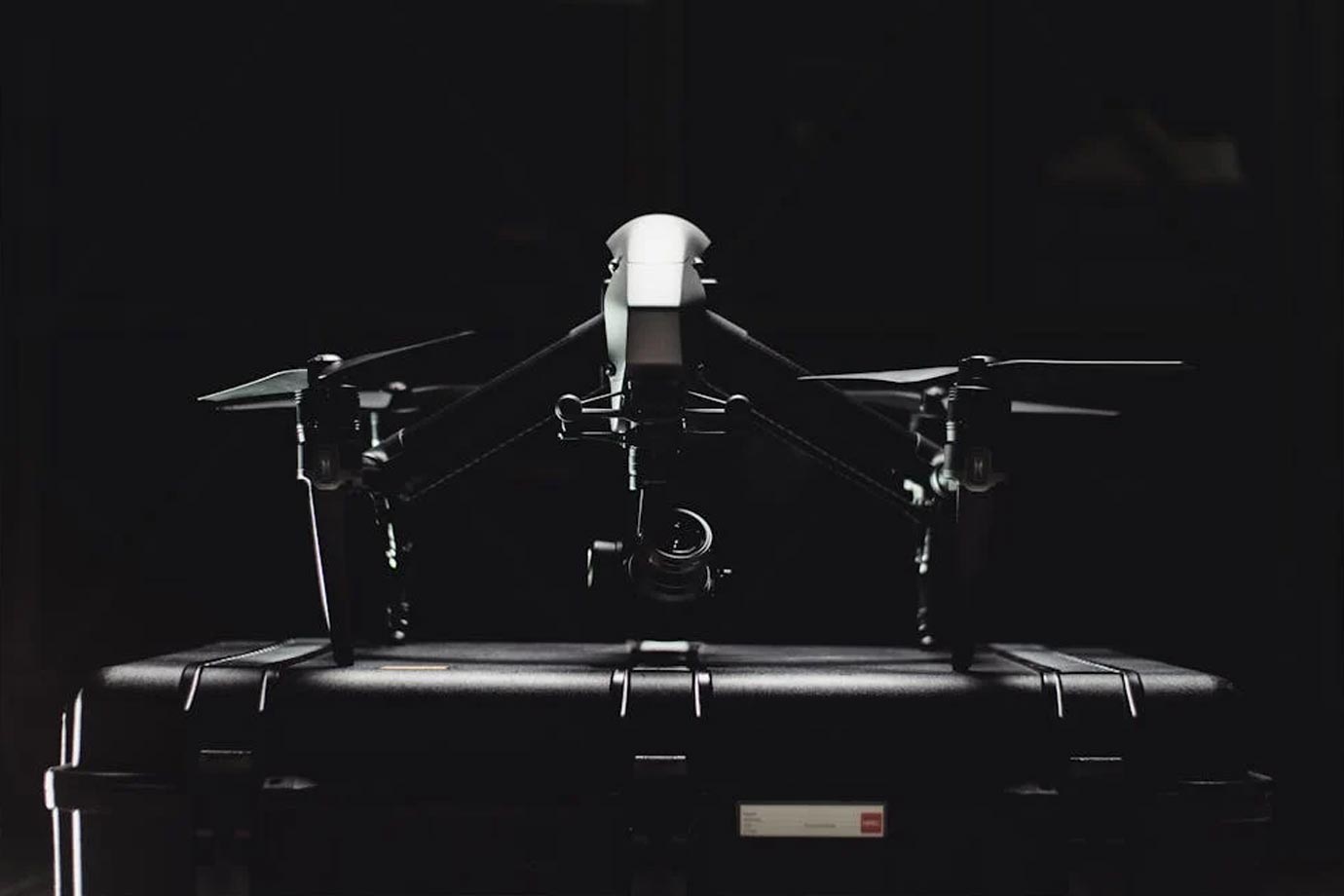Understanding UAS Maps: A Deep Dive into Drone Navigation
Unmanned Aerial Systems (UAS), commonly referred to as drones, have become an essential tool in various industries. Understanding UAS maps is crucial for professionals who depend on accurate navigation and compliance with regulations.
The Basics of UAS Mapping
UAS maps provide detailed information about the airspace in which drones can operate. This includes controlled and uncontrolled airspaces, temporary flight restrictions (TFRs), and other critical geographical data. These maps are invaluable for ensuring that operations are safe and legal.
The Federal Aviation Administration (FAA) is responsible for managing most airspace regulations in the United States. The agency provides several resources that map out the airspace where drones can fly. Tools such as the FAA’s B4UFLY app are designed to give operators easy access to these maps. Other countries have similar regulatory bodies that provide UAS maps tailored to their specific regulations.
Types of Airspace and Restrictions
Airspace is divided into several classes, from Class A to Class G. Each class has different regulations regarding drone operations. Class A airspace, for example, starts from 18,000 feet above sea level and is predominantly used by commercial airliners. Drones are not allowed to operate in this airspace.
Class B, C, and D airspaces surround major airports and also have strict access limitations for drones. Approval is required to operate in these areas, often necessitating coordination with air traffic control.
Class E covers airspace not covered by the other classes up to 18,000 feet and often requires permissions based on its location and proximity to other controlled airspaces. Class G represents uncontrolled airspace where drones can generally operate more freely, though local rules may still apply.
Temporary Flight Restrictions (TFRs)
TFRs are issued for various reasons including large public events, presidential movements, or natural disasters. These restrictions can appear with little notice and require drone operators to stay informed about changes. TFRs are temporary but binding, with violations resulting in fines or other penalties.
- Presidential TFRs: These cover areas where the president or other leaders are visiting.
- Disaster-induced TFRs: Implemented around areas experiencing natural or man-made disasters.
- Event-related TFRs: Enforced for events like Super Bowls or large concerts.
Leveraging Technology for Navigation
Technological advancements play a significant role in navigating UAS maps. Many modern drones come equipped with GPS technology that integrates with mapping software. This functionality helps operators visualize airspaces and plan routes effectively.
Applications like AirMap or Skyward offer comprehensive map interfaces that highlight restricted zones, providing real-time updates. These applications often collaborate with aviation authorities to ensure data accuracy. Utilizing such technology optimizes operational planning and ensures compliance with regulatory requirements.
Importance of Staying Updated
Airspace regulations and maps are subject to change. Staying updated is critical for maintaining compliance. Subscribing to notifications from aviation authorities and regularly checking mapping software can keep operators informed.
Professional organizations often provide updates and training that highlight changes in regulations. Participating in these sessions ensures that operators are knowledgeable and ready to adjust their operations as necessary.
Using UAS Maps for Planning
Effective use of UAS maps begins with thorough planning. Before deploying a drone, operators must assess the airspace thoroughly. This involves checking for nearby controlled airspaces and any current TFRs. Good planning also includes considering weather patterns that could affect flight safety.
Creating a detailed flight plan ensures that all contingencies are covered. This includes identifying potential emergency landing spots and planning alternative routes in case conditions change. A comprehensive approach reduces risks and streamlines operations.
Complying with Legal Requirements
Understanding and using UAS maps is critical to complying with legal requirements. Regulatory bodies impose fines and sanctions for unauthorized operations in restricted airspaces. Therefore, proper preparation and adherence to restrictions prevent such penalties.
Moreover, it facilitates trust and legitimacy in industries that frequently use drones. Following regulations underpins responsible drone use, bolstering public confidence in drone technologies.
Applications of UAS Maps in Various Industries
Agriculture is one field where UAS maps are leveraged extensively. Farmers use them to overlay data captured by drones with geographic maps, aiding in crop management. They can track irrigation patterns, disease spread, and crop health efficiently.
Similarly, in urban planning, planners utilize UAS maps to study land use and topographical changes. Engineering and construction industries also employ these maps to monitor construction progress and inspect infrastructure accurately.
Emergency services use UAS maps to deploy drones effectively during crisis situations. They assist in search and rescue missions and help assess damage post-disasters. These maps direct operators to areas that need attention, ensuring time-efficient responses.
The Role of UAS Maps in Enhancing Safety
By providing detailed insights into airspace structure and potential obstacles, UAS maps enhance the safety of drone operations. With accurate airspace data, operators avoid potential collisions with manned aircraft and other drones.
Equipped with proper mapping tools, operators can anticipate and react to airspace changes effectively. This predictive capability minimizes risks to both the drone and surrounding environments.
The Future of UAS Mapping
As drone technology advances, so will UAS mapping. Enhanced integration with artificial intelligence (AI) and machine learning is expected. These technologies will predictively analyze airspace, adapting maps to dynamic environmental conditions.
The integration of augmented reality (AR) with UAS mapping will further enhance situational awareness, providing operators with real-time overlays and data visualization. This evolution is set to revolutionize how professionals engage with UAS maps and conduct drone operations.
Conclusion
Knowledge and adept use of UAS maps are essential for safe and legal drone operations. By leveraging technology and staying informed, operators can navigate airspaces efficiently. This not only ensures regulatory compliance but also enhances the operational effectiveness of drones in various sectors.
